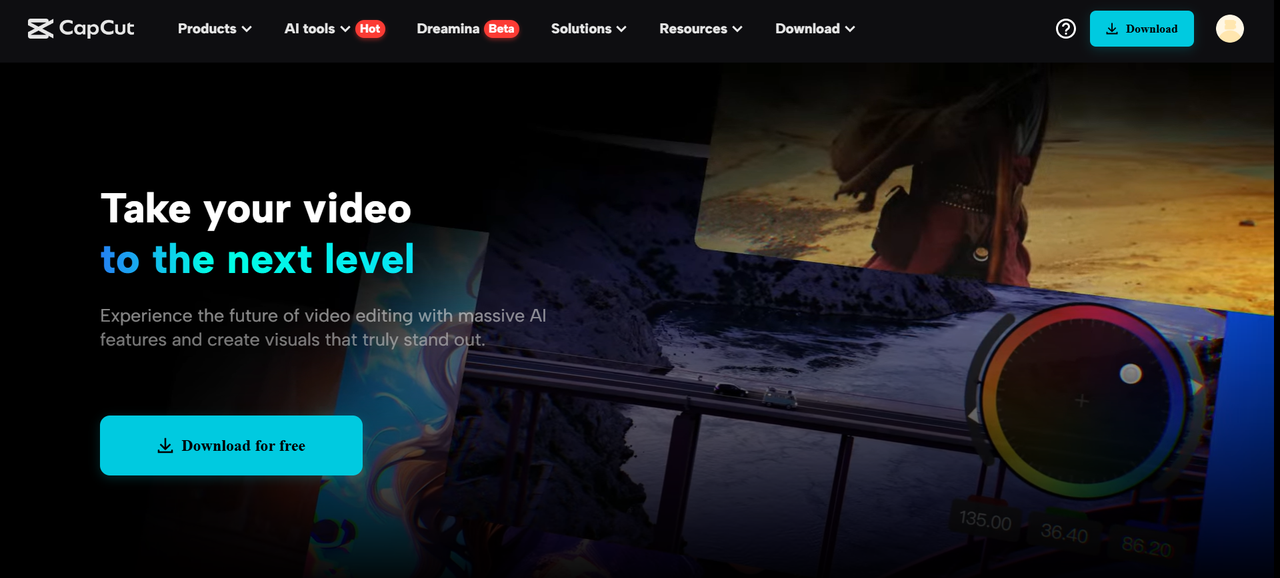From Students to Screens: The Art of Student Engagement in Online Teaching
written by: Krystof-Sandor Harfst
Table of Content
As education embraces the digital realm, teachers are tasked with the challenge of fostering a positive student experience in the online learning environment. The transition from traditional classrooms to virtual spaces brings forth a new set of considerations for educators aiming to maintain student motivation, promote interaction, and build meaningful connections. This blog post delves into the art of student engagement in online language teaching, offering a comprehensive guide to strategies that create a vibrant and fulfilling learning journey.
The Importance of Student Engagement in Online Teaching
In the online landscape, student engagement becomes even more critical than in traditional classrooms. Engaged students are more likely to retain information, actively participate, and develop a genuine enthusiasm for learning. As educators, the challenge lies in translating traditional engagement tactics to the virtual classroom while leveraging the unique opportunities the digital world offers.
Strategies for Maintaining Student Motivation
1. Start with a Positive Introduction
Kick off your virtual course with an engaging welcome video or interactive icebreaker activity. This sets a positive tone and establishes an inviting learning environment from the beginning.
2. Set Clear Learning Goals
Clearly outline the learning objectives and goals for each lesson. When students understand what they're working towards, they are more likely to stay motivated and engaged throughout the course.
3. Incorporate Real-World Relevance
Highlight the real-world relevance of the topics being covered. Show how the language skills being learned can be applied in practical scenarios, sparking students' interest and motivation to learn.
4. Provide Diverse Learning Materials
Integrate a variety of learning materials, such as videos, articles, podcasts, and interactive exercises. Diversity keeps lessons engaging and accommodates different learning styles.
5. Offer Choice and Autonomy
Give students choices within assignments or projects, allowing them to explore topics they're passionate about. This autonomy fosters a sense of ownership over their learning journey.
Strategies for Promoting Interaction
1. Utilize Live Virtual Sessions
Schedule regular live sessions for discussions, Q&A sessions, and interactive activities. Live sessions provide opportunities for direct interaction and immediate feedback.
2. Implement Discussion Forums
Create online discussion forums for students to share thoughts, ask questions, and engage in meaningful discussions related to the course content.
3. Use Collaborative Tools
Leverage collaborative tools such as Google Docs or virtual whiteboards for group projects. Collaborative tasks encourage teamwork and interactive learning.
4. Peer Feedback and Review
Incorporate peer feedback sessions where students review and provide constructive feedback on each other's work. This encourages active participation and deeper engagement with the content.
5. Engage in Polls and Surveys
Use polls and surveys to gather student opinions, preferences, and ideas. This not only fosters interaction but also allows you to tailor the learning experience to their needs.
Strategies for Building Personal Connections
1. Share Personal Stories
Share personal anecdotes or experiences related to the language being taught. This humanizes you as an educator and helps students relate to the content on a personal level.
2. Provide Individualized Attention
Allocate time for one-on-one virtual meetings or email correspondence. This personalized attention shows students that you care about their progress and well-being.
3. Use Visual Cues
Use video in your virtual sessions to allow students to see your expressions and gestures, enhancing the sense of personal connection.
4. Celebrate Achievements
Acknowledge and celebrate students' accomplishments, whether big or small. This recognition boosts their confidence and motivation to continue learning.
5. Foster a Supportive Environment
Create a safe and inclusive virtual classroom where students feel comfortable sharing their thoughts and ideas without fear of judgment.
Conclusion: Crafting an Engaging and Personalized Online Learning Experience
Transitioning from traditional classrooms to virtual teaching presents both challenges and opportunities for educators. The art of student engagement in online language teaching requires a multifaceted approach that combines motivation, interaction, and personal connection. By setting clear learning goals, incorporating diverse materials, utilizing interactive tools, and fostering a supportive environment, educators can create a vibrant and fulfilling online learning journey for their students. As technology continues to reshape education, the educators who master the art of student engagement in the virtual realm stand poised to inspire and empower their students, bridging the gap between students and screens with meaningful and impactful interactions.
Share this article!






